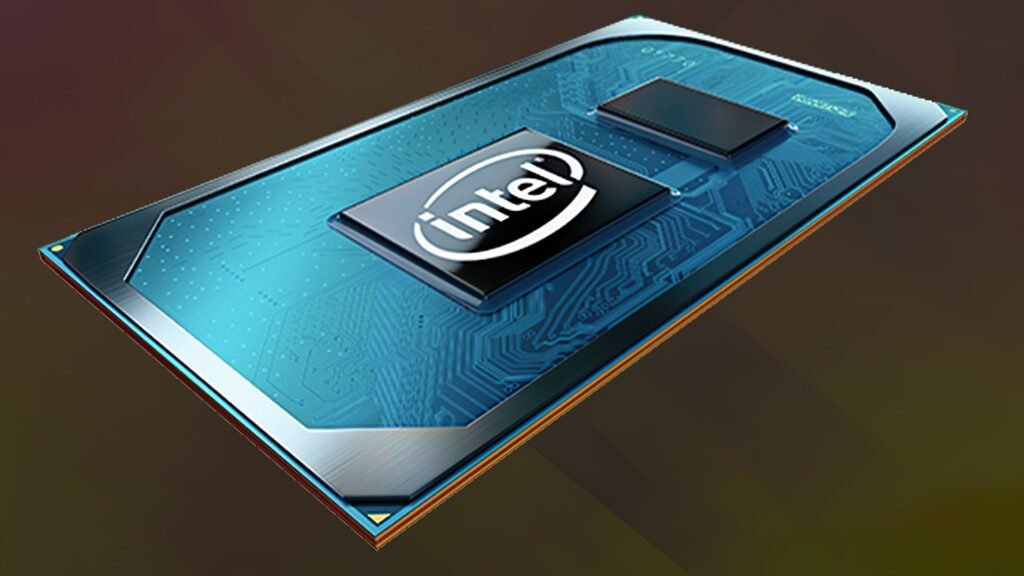First pictures of the “naked” Arrow Lake chip

A hardware enthusiast has dismantled an as yet unreleased Intel Core Ultra 200S CPU. The images of the Arrow Lake chip reveal details about the new architecture and could herald Intel’s comeback in the CPU market. The move to chiplet design marks a significant strategy change.
Intel’s new chip generation in detail
The excitement is rising: Shortly before the official presentation of Intel’s new Core Ultra 200S series, also known as Arrow Lake, the first detailed photos are causing a stir in the tech world. A hardware enthusiast has “delidded” one of the new processors – i.e. removed the heat spreader – and thus provides a fascinating insight into Intel’s latest chip architecture: The high-resolution images clearly show that with Arrow Lake Intel has taken a significant step away from the monolithic chip structure to a chiplet design. The processor consists of a total of five tiles (chiplets):
- a compute tile
- a GPU tile
- a SOC tile
- an I/O tile
- a dummy tile for structural support
Madness727, a well-known streamer and hardware enthusiast, shared the revealing images on Platform What is particularly interesting is the use of different manufacturing processes for the different tiles:
- Compute Tile: Manufactured using TSMC’s advanced N3B process
- GPU Tile: Uses the N5P process
- SOC and I/O tiles: Based on the N6 process
This mix allows Intel to optimize costs while maximizing performance.
New base for improved cooling
The new architecture also brings with it a new socket: LGA 1851. This is around nine percent larger than its predecessor LGA 1700 and promises lower CPU temperatures compared to previous generations thanks to an improved ILM (Integrated Loading Mechanism).

Start date and first models
Intel plans to officially unveil the Core Ultra 200S series on October 24th. The overclockable K models will initially appear at launch. In addition, two variants without an integrated graphics unit are planned, but information on this is still pending.
- Core Ultra 9 285K with 24 cores (flagship)
- Core Ultra 7 265K with 20 cores
- Core Ultra 5 245K with 14 cores
Intel’s strategy change in response to AMD?
The introduction of chiplet design for desktop CPUs marks a turning point for Intel. It’s a clear sign that the company is ready to explore new avenues to regain the upper hand in the highly competitive processor market.
With this architecture, Intel is approaching the approach that AMD is already successfully pursuing with its Ryzen processors. Intel, once the undisputed market leader in the CPU segment, has faced increasing competition from AMD in recent years.
AMD’s Ryzen processors, which have been using a chiplet design for some time, scored highly in benchmarks and with customers. Intel’s move towards chiplet design could therefore be seen as a direct response to AMD’s successes.
Alexia is the author at Research Snipers covering all technology news including Google, Apple, Android, Xiaomi, Huawei, Samsung News, and More.











